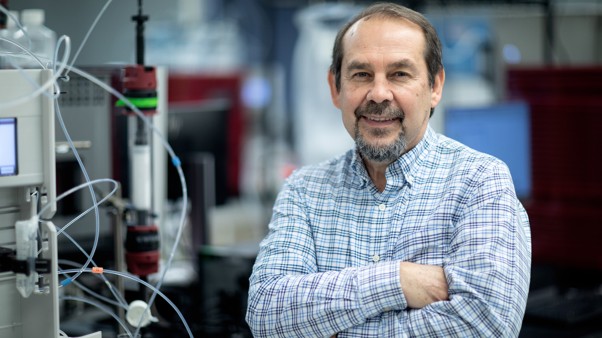Volume 23 Issue 8, August 2024
Comment
News & Analysis
-
News in Brief
-
Biobusiness Briefs
-
An Audience With
-
From the Analyst's Couch
